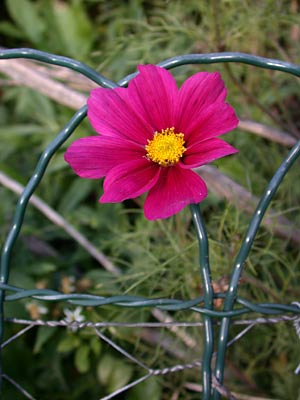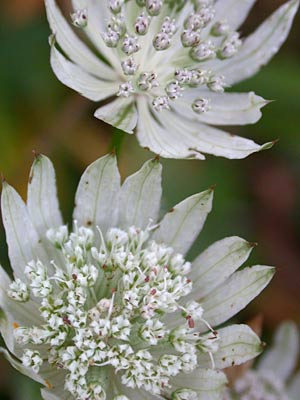
Across the road from here is a large area of parkland, which looks spot-on for Green Woodies, so it’s not really that surprising that at least two have come to our garden so far (one male, one female).
 We see the Green Woodpeckers in our garden perhaps a couple of times a week, when they spend long periods hopping around on the lawn, digging vigorously.
We see the Green Woodpeckers in our garden perhaps a couple of times a week, when they spend long periods hopping around on the lawn, digging vigorously.Though they nest in holes in trees, like other woodpeckers, that’s not where they find the majority of their food. The green feathers are a clue that they spend a huge amount of time on the ground, foraging for ants. The long, strong beak is used as a chisel to dig in search of ant colonies, while the long, sticky tongue (which coils up inside the bird’s head) fishes the ants out.
They’re really beautiful, striking birds, with a pale grey-blue iris, which gives them a slightly reptilian look, grass-green wings, red crown and a moustache which is all black in females, but with a red centre in males.














































